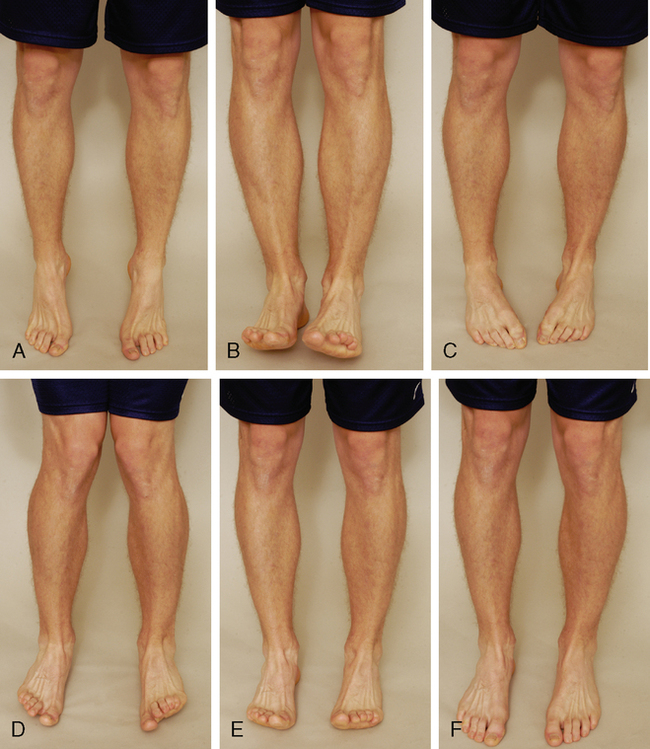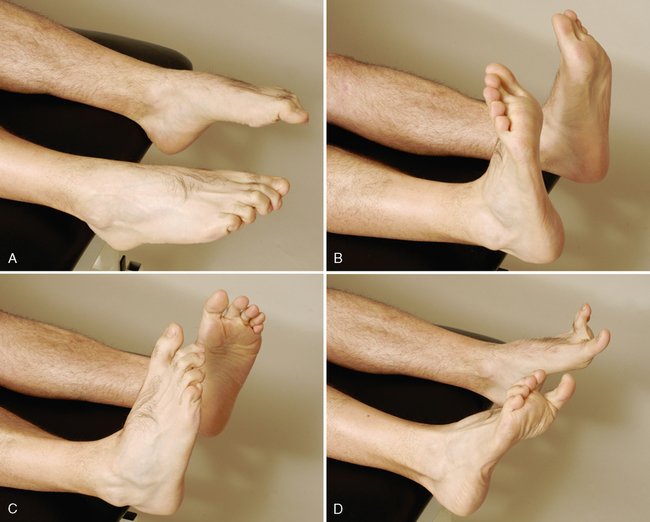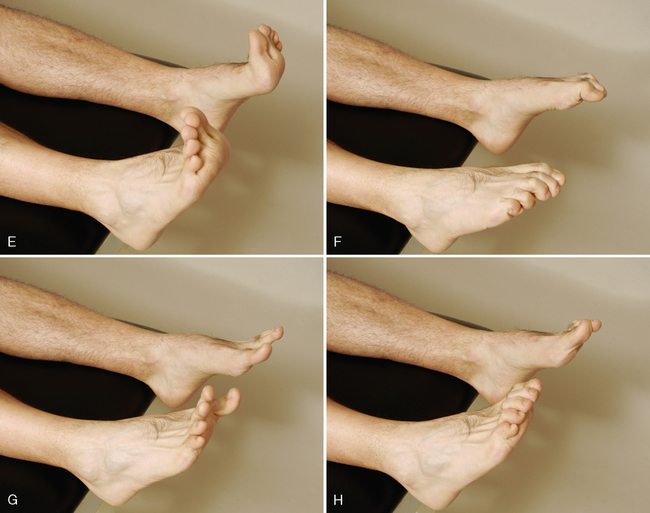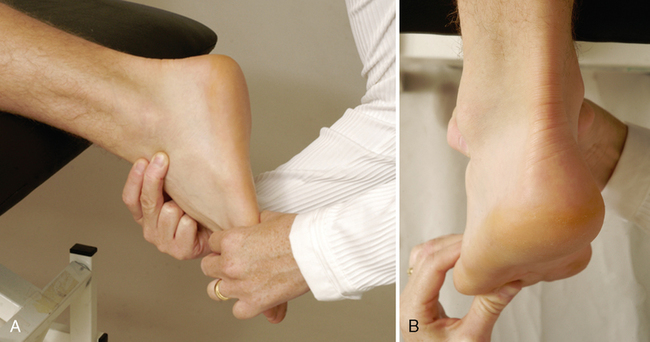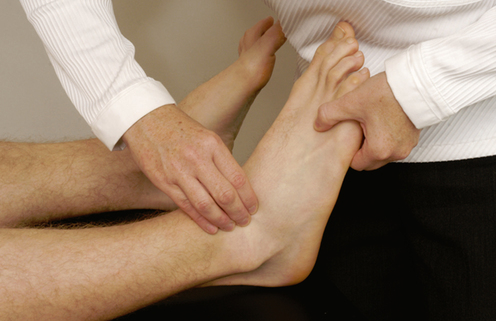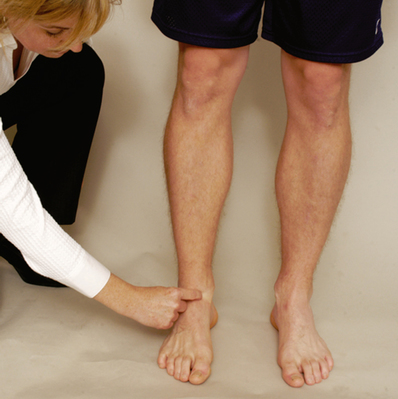CHAPTER 12 • Talar position tests are not designed to identify specifically any particular pathological condition; rather, they identify anatomical and biomechanical abnormalities that contribute to a pathological condition. That pathology may occur locally at the foot and ankle or remotely at areas such as the back, knee, or hip. The overall prevalence of malalignment reported in the literature ranges from 10% in the Cheshire Foot Pain and Disability Survey in the United Kingdom to 28% in the Framingham Foot Study in the United States. Clinically, it has been hypothesized that abnormal talar alignment and mechanics can result in pathological conditions of the foot. Regardless of the prevalence of foot pain, the cause-and-effect relationship between talar position and pathological conditions has yet to be definitively determined.6–10 RELIABILITY/SPECIFICITY/SENSITIVITY COMPARISON11–16 Few population-based studies have examined the prevalence of foot pain in the general population. Causal relationships between specific malalignments and injuries have been difficult to verify. In a random sampling of people in Australia, foot pain affected nearly 1 in 5 individuals. The pain was associated with increased age, female gender, obesity, and pain in other body regions, and it had a significant detrimental impact on health-related quality of life. The overall prevalence reported in this study was higher than that reported in the Cheshire Foot Pain and Disability Survey in the United Kingdom (10%). However, it was lower than the prevalence rates reported in two studies in the United States: the National Health Interview Survey in the United States (24%) and the Framingham Foot Study (28%).6–10
LOWER LEG, ANKLE, AND FOOT
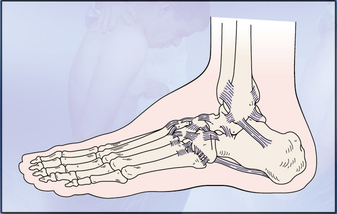
SPECIAL TESTS FOR NEUTRAL POSITION OF THE TALUS
Relevant Special Tests
Suspected Injury
Epidemiology and Demographics
Mechanism of Injury
Validity
Interrater Reliability
Intrarater Reliability
Neutral position of the talus (weight-bearing position)
Unknown
0.15-0.79
0.14-0.85
Neutral position of the talus (supine)
Unknown
Unknown
Unknown
Neutral position of the talus (prone)
Unknown
0.25
0.06-0.77

SPECIAL TESTS FOR ALIGNMENT
Relevant Special Tests
Epidemiology and Demographics
LOWER LEG, ANKLE, AND FOOT

